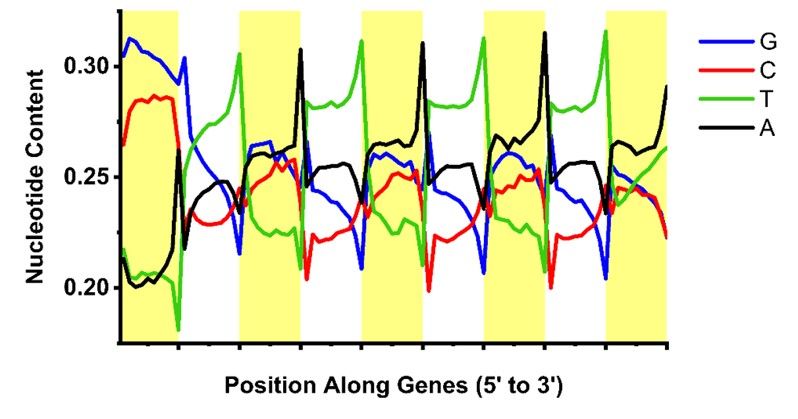
https://www.palazzolab.com/
For some context this is the average nucleotide content of human genes with five exons:

For some context this is the average nucleotide content of human genes with five exons:






My last gift to the lab for 2024!



My last gift to the lab for 2024!

(I finally replaced that broken door handle on our tissue culture incubator.)



(I finally replaced that broken door handle on our tissue culture incubator.)









